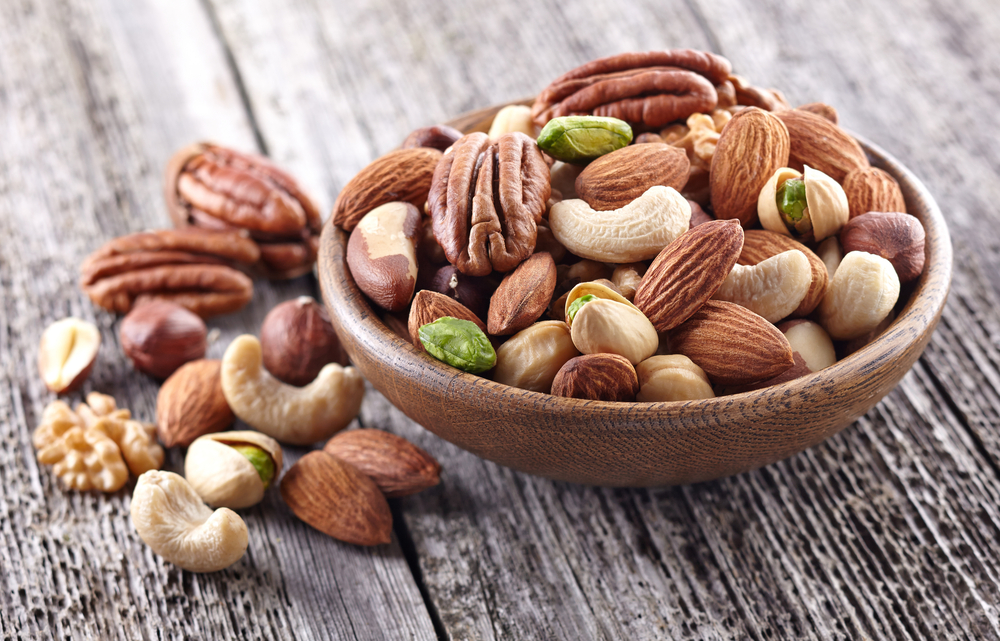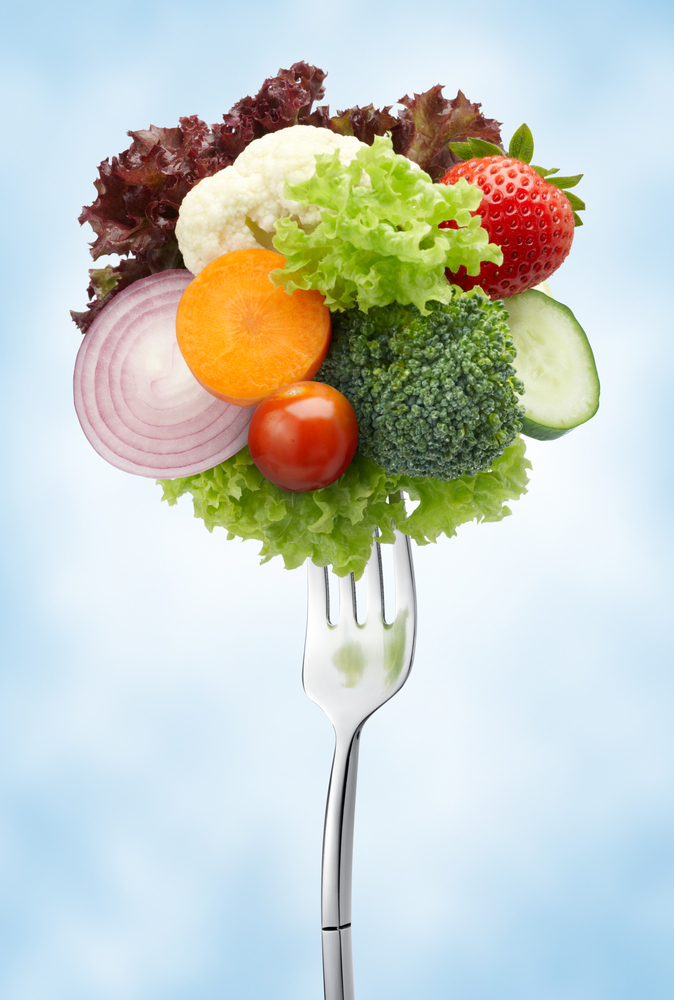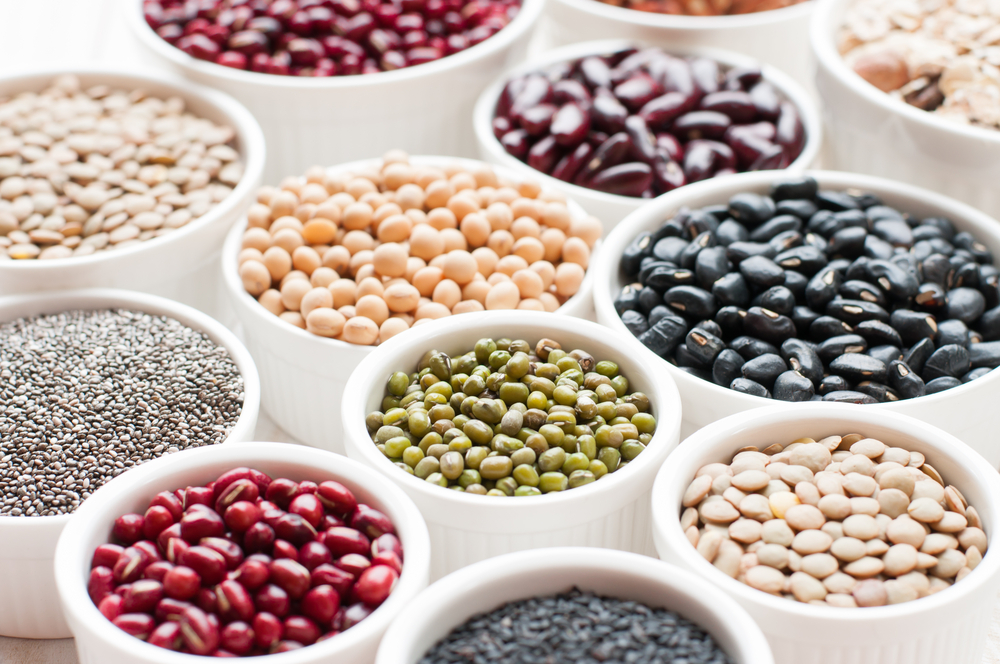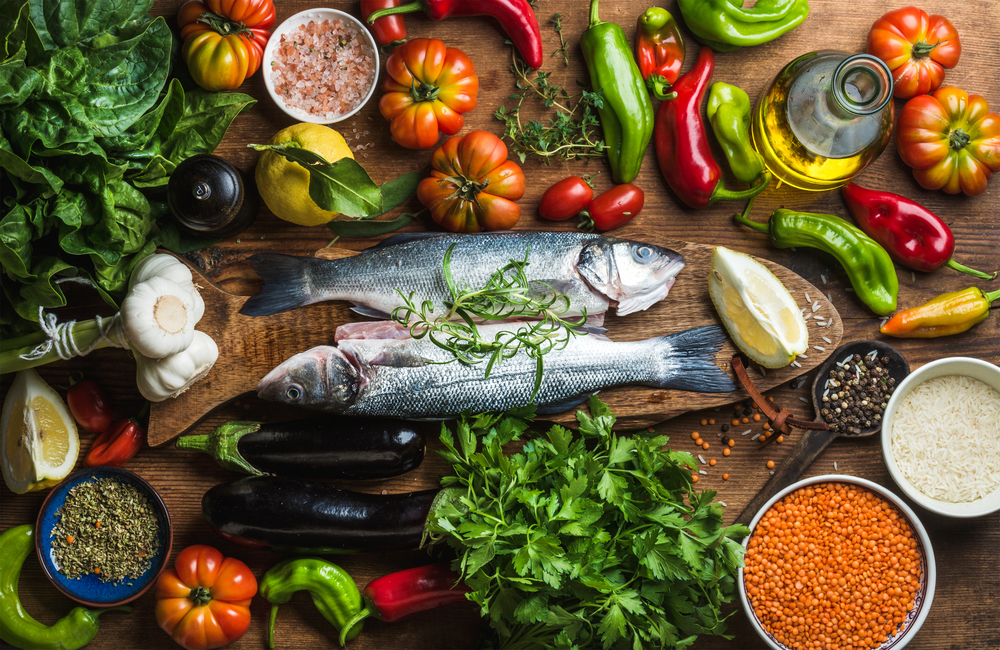A big thank you for those of you who listened to my Anti-Inflammatory talk live. Below is a summary of all I discussed.
Anti-Inflammatory Food Plan
Why?
If you have a condition that causes inflammation, it may help to change your eating habits. Researchers have identified certain foods that can help control inflammation.
In a nutshell, anti-inflammatory foods are those that any mainstream nutrition expert would encourage you to eat. They include lots of fruits and vegetables, whole grains, plant-based proteins (like beans and nuts), fatty fish, and fresh herbs and spices.
In some cases, people have named this the Mediterranean diet to reflect foods which are traditionally eaten in this region. Numerous studies have found that foods associated to this region can help fight inflammation and in some cases improve joint symptoms.
Mediterranean Diet Benefits: what the studies have found?
Studies have found that eating foods commonly part of the Mediterranean diet can do the following:
Lower blood pressure
Protect against chronic conditions
Help arthritis by curbing inflammation
Benefit your joints as well as your heart
May lead to weight loss, which can lessen joint pain

ANTI-INFLAMMATORY FOODS WHY; SOURCES & HOW MUCH?
Fish
How much:
2 x 140g cooked weight of fish, twice a week.
Why: Some types of fish are good sources of inflammation-fighting omega-3 fatty acids. More recently, researchers have shown that taking fish oil supplements helps reduce joint swelling and pain, duration of morning stiffness and disease activity among people who have rheumatoid arthritis (RA).
Best sources: Cold-water fatty fish, such as salmon, mackerel, tuna, herring and sardines.
Hate fish? Take a supplement. Studies show that taking 600 to 1,000 mg of fish oil daily eases joint stiffness, tenderness, pain and swelling. (Please do not take a supplement if you are on prescribed medication especially blood thinners.)

Nuts
How much: Eat 1.5 ounces of nuts daily (one ounce is about a handful).
Why: Multiple studies confirm the role of nuts in an anti-inflammatory diet
More good news: Nuts contain inflammation-fighting monounsaturated fat. their protein, fibre and fats are satiating.
Best sources: hazelnuts; almonds; Brazil nuts; cashews; sesame seeds; pumpkin seeds; and olive oils.
Basically, there are two groups of fats: saturated and unsaturated. Within each group are several more types of fats.
Let’s start with the good guys — the unsaturated fats. Unsaturated fats include polyunsaturated fatty acids and monounsaturated fats
Polyunsaturated fats, found mostly in vegetable oils, help lower both cholesterol and triglycerides. One type of polyunsaturated fat is omega-3 fatty acids, whose potential heart-health benefits have gotten a lot of attention.
Limit saturated fats which are found in animal products (meat, poultry skin and high-fat dairy) and in vegetable fats that are liquid at room temperature, such as coconut and palm oils.
The official UK recommendation for overall consumption of all fats is no more than 35% of your daily calorie intake. Within this, saturated fats should form no more than 11% and trans fat no more than 2% of your daily calories

Fruit and Vegetables
How much: Aim for nine or more servings daily (one serving = one cup of most veggies or fruit or two cups of raw leafy greens).
Why: Fruits and vegetables are loaded with antioxidants. These potent chemicals act as the body’s natural defence system, helping to neutralize unstable molecules called free radicals that can damage cells.
More good news: Research shows getting the right amount of vitamin C eating vitamin K-rich veggies like broccoli, spinach, lettuce, kale and cabbage dramatically reduces inflammatory markers in the blood.
Best sources: Colourful fruits and veggies – the darker or more brilliant the colour, the more antioxidants it has. Good ones include blueberries, cherries, spinach, kale and broccoli.

Beans
How much: About one cup, twice a week (or more).
Why: loaded with fibre and phytonutrients, which help lower CRP, an indicator of inflammation found in the blood.
Best sources: Small red beans, red kidney beans and pinto beans.
Wholegrains
How much: Eat a total of six ounces of grains per day; at least three of which should come from whole grains. One ounce of whole grain would be equal to ½ cup cooked brown rice or one slice of whole-wheat bread.
Why: Whole grains contain plenty of filling fibre – which can help you maintain a healthy weight. AND lower blood levels of CRP, an inflammatory marker.
Best sources: Eat foods made with the entire grain kernel, like whole-wheat flour, oatmeal, bulgur, brown rice and quinoa.
Some people may need to be careful about which whole grains they eat. Gluten – a protein found in wheat and other grains – has been linked to inflammation for people with coeliac disease (CD) or gluten sensitivity.
Nightshade
Why: Nightshade vegetables, including aubergine, tomatoes, red bell peppers and potatoes, are full of beneficial nutrients.
Why not: They also contain solanine, a chemical that has been branded the culprit in arthritis pain.
Test it: Some experts believe these vegetables contain a potent nutrient mix that helps inhibit arthritis pain. However, many people do report symptom relief when they avoid nightshade vegetables.
So, if you notice that your arthritis pain flares after eating them, consider eliminating all nightshade vegetables from your diet for a few weeks to see if it makes a difference. Then slowly add them back into your diet to see if symptoms worsen or stay the same.
Inflammatory Foods
Sweets, cakes and cookies, and soft drinks: They’re not dense in nutrients, and they’re easy to overeat, which can lead to weight gain, high blood sugar, and high cholesterol (all related to inflammation). Sugar causes the body to release inflammatory messengers called cytokines.
High-fat and processed red meat (like hot dogs): These have a lot of saturated fat, which can cause inflammation if you get more than a small amount each day.
Chips, fried chicken, and other fried foods: Cooking them in vegetable oil doesn’t make them healthy. Corn, safflower, and other vegetable oils all have omega-6 fatty acids. You need some omega-6s, but if you get too much, you throw off the balance between omega-6s and omega-3s in your body and end up with — you guessed it — more inflammation.
Coffee creamers, margarine, and anything else with trans fats: Trans fats (look on the label for “partially hydrogenated oils”) raise LDL cholesterol, which causes inflammation.
Key Points
The anti-inflammatory diet contains plenty of prebiotics, fibre, antioxidants, and omega-3s. This means a diet rich in vegetables, whole fruit, whole grains, legumes, and fatty fish.
Nightshade family foods may trigger inflammation; Test This.
If you suffer from an inflammatory disorder try to limit or even eliminate inflammatory foods from your daily food intake and see if symptoms improve.
Visit a trained health care professional to discuss treatment options.
Thank you for reading. Please do not make any changes to the way you eat before consulting a trained health care professional.
Fiona Waring
Dip Nut, BSc.(Hons), MSc PHN, ANutr
Nutritional Therapist
M: +44 07957 267 964
eatyourgreens@fionawaring.com
‘Registered with the Association for Nutrition – www.associationfornutrition.org
Protecting the public and promoting high standards in evidence-based science and professional practice of nutrition.’
